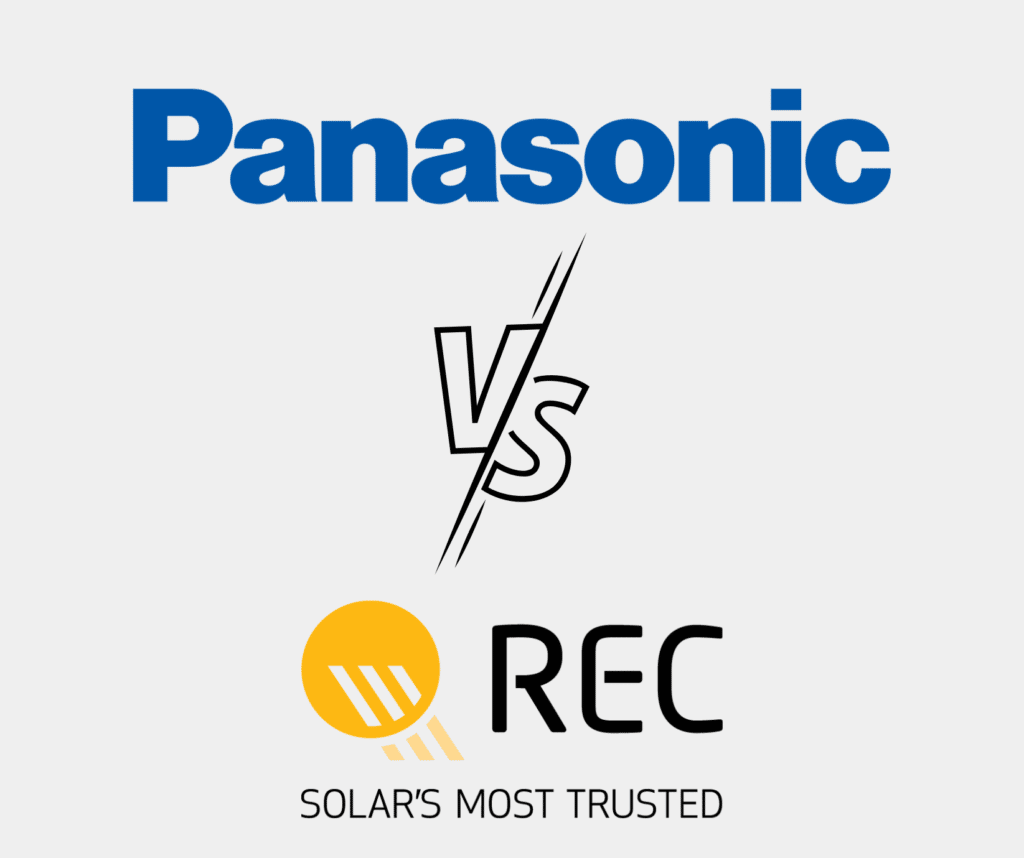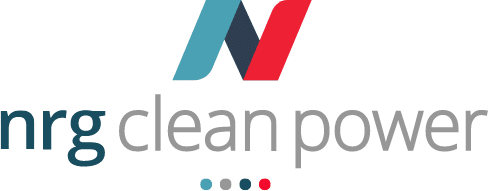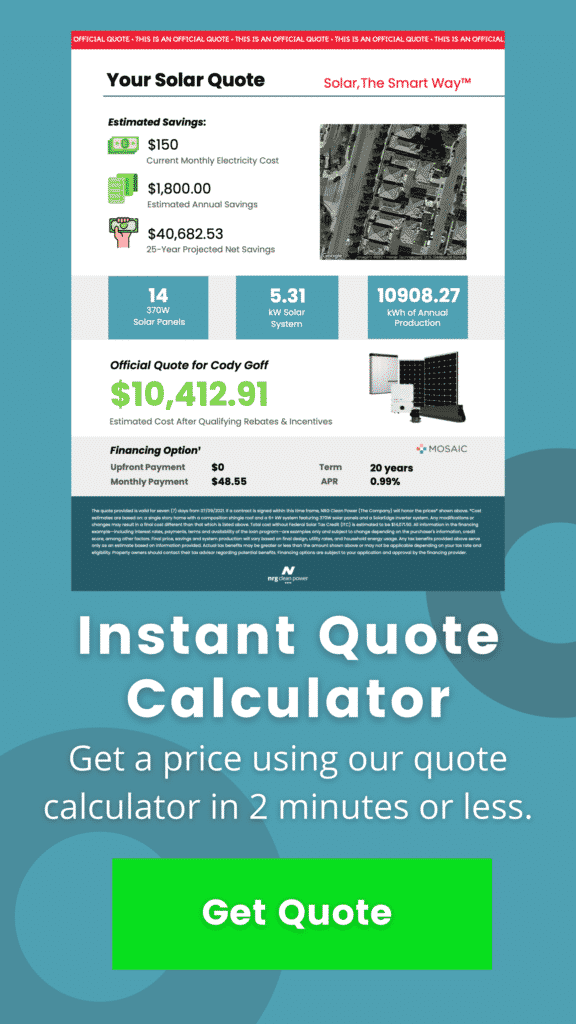
Panasonic vs REC Solar Panels, which is better? Solar panel adoption is rising and the costs to install solar panel systems is dropping. Homeowners are turning to solar energy for their electrical needs. There are many choices when it comes to selecting solar panels for your home. So what’s right for you?
We will discuss choosing the best solar panel for your needs. We’ll also compare two top solar panel manufacturers in the market today.
How to Choose the Right Solar Panel
A basic understanding of solar panels is necessary to make an informed decision. Let’s start with the basics. Solar panels are composed of photovoltaic cells that convert sunlight into electricity. When these cells are combined into a panel, they can generate enough energy to power your home.
There are three types of solar panels:
- Monocrystalline panels: Composed of cells made from a single silicon crystal. This makes them efficient in harnessing solar power. However, they can also be quite expensive.
- Polycrystalline panels: Also made of silicon, though not from a single crystal. Fragments of silicon are instead melted to make these panels. They are a more affordable alternative to monocrystalline panels, but less efficient.
- Thin-film panels: Made by placing films of either silicon, copper, or cadmium onto a substrate. They are easy to produce, inexpensive, and more flexible than other panels. They are ideal for roofs with unique configurations.
Now that you’re aware of the types of solar panels, here are some additional factors you should consider:
- Cost: The cost is often the first thing to be evaluated. Costs are based on various factors, such as wattage, size, brand name, quality durability, and certifications.
- Quality: Different panels offer varying levels of quality, so it’s important to research and compare.
- Durability: Consider the durability of the solar panel. Weather conditions can affect its performance and lifespan.
- Energy Efficiency: The ability of a solar panel to convert light into energy. This defines how much power your system will generate.
- Size: The physical size and the wattage are important considerations when selecting a solar panel. This is crucial to ensure the system you install is sufficient in size to power all your appliances.
Panasonic vs REC Solar Panels: Which Is Better?
Panasonic and REC are two of the most trusted names in the solar technology industry. Both have a wide range of products and solutions to power homes, businesses, and public spaces with sustainable energy.
While both provide reliable and efficient options for converting sunlight into electricity, there are key differences. Knowing these may help you decide which to use for your system.
REC Solar Panels
REC has been pioneering solar panel technology for over 25 years now. This Norwegian company is renowned for its ingenious application of half-cut cell technology and twin-panel design that drives power output to maximum levels.
If you have a more modern-looking home, REC panels are an excellent option. They feature black cells, frames, and backsheets, making them blend seamlessly into darker roofs. Moreover, these high-efficiency panels boast some of the largest sizes available to homeowners.
They also have a 25-year warranty. This is a vast improvement compared to most brands that only adhere to the 10-year industry standard. REC is also a vertically integrated company. It designs and produces its own silicon wafers, cells, elite panels, and solar solutions. REC has built a respected name with minimal warranty claims due to the high-end quality of its products.
REC’s Alpha series solar panels offer a range of high-power panels that can produce energy in shaded areas. They are known for being aesthetically pleasing and visually attractive due to their “solder-free” design. REC Alpha panels are also lead-free, making them a more environmentally friendly solar choice.
REC’s Alpha Black series panels are particularly suitable if you live in an area with extreme temperatures. Since the panels’ temperature coefficients are very low at -0.26%, they can offer better electricity production all year.
The panels are typically compact in size because their cells are designed without gaps in between. This increases each panel’s active square footage to achieve maximum efficiency. REC Panels must also be installed only by a REC-Certified Solar Professional for warranty purposes.
REC panels have a guaranteed power output of 25 years with a maximum decrease of 2% in the first year and 0.25% annually during their entire lifespan. This means the panels will still be producing around 92% of their initial capacity during their 25th year.
Panasonic Solar Panels
Panasonic has long been a household name. Known mostly for appliances, the company has also established a strong presence in the solar industry since entering the market in the 1970s under the brand name Sanyo.
Panasonic solar modules are exceptionally efficient, achieving an efficiency rate of up to 22%. These panels are an excellent fit for homeowners in hot or cold climates. They present a temperature coefficient of only -0.26% while being budget-friendly, compact, and more traditional-looking than REC’s offerings.
Panasonic also offers a 25-year warranty for its panels. The brand started outsourcing production in 2021 to focus on solar panel efficiency and innovating solar technologies, including panels built with heterojunction technology.
Panasonic’s EverVolt panels are particularly notable, offering high efficiency and a low annual degradation rate of 0.25%. This guarantees that panels will still be at 92% by their 25th year. These panels use half-cut cells and heterojunction technology and are best-suited for hotter climates.
The use of half-cut cells makes the panels a good choice for roofs that get partial shade during the day.
Although on the traditional side design-wise, Panasonic has started producing darker modules, much like REC’s. This creates an aesthetically pleasing look on your roof. The warranty also covers parts, products, and labor, as long as the panels are installed by a Panasonic-Authorized, Premium, or Elite installer and registered with Panasonic within 60 days.
Panasonic vs REC Solar Panels Conclusion
Finding the best solar panel for your needs ultimately depends on your design preference, budget, and climate. Comparing two of Panasonic and REC’s latest models, you’ll find that the specifications are quite similar. Both are monocrystalline panels with a power rating of 400 watts and a low annual degradation rate. They also sport an efficiency rating of 21.6%.
Let’s take a closer look at Panasonic’s EverVolt EVPV 400H and REC’s Alpha REC400AA:
| EverVolt EVPV 400H | Alpha REC400AA | |
| Brand | Panasonic | REC |
| Years in Business | 105 | 27 |
| Panel Type | Monocrystalline | Monocrystalline |
| Power | 400W | 400W |
| Power Derating | 0.25% | 0.25% |
| Technology | Half-cut cells | Half-cut cells |
| Warranty | 25 years, whole system | 25 years, panels only |
As you can see, the difference between the models comes down to the warranty. While both brands provide a warranty of 25 years, Panasonic’s AllGuard Warranty delivers an edge over typical solar warranties.
AllGuard also covers labor for one’s entire solar system, including solar panels, racking hardware, and inverters. The coverage lasts 25 years. This is a massive upgrade from Panasonic’s previous warranty, which only covered labor for solar panels installed by Premium installers.
The new warranty guarantees that costs associated with servicing warranty claims over the next 25 years are covered by the company, whether the claims are for the solar panels or other hardware within the Panasonic module.

Authored by Ryan Douglas
NRG Clean Power's resident writer and solar enthusiast, Ryan Douglas covers all things related to the clean energy industry.


